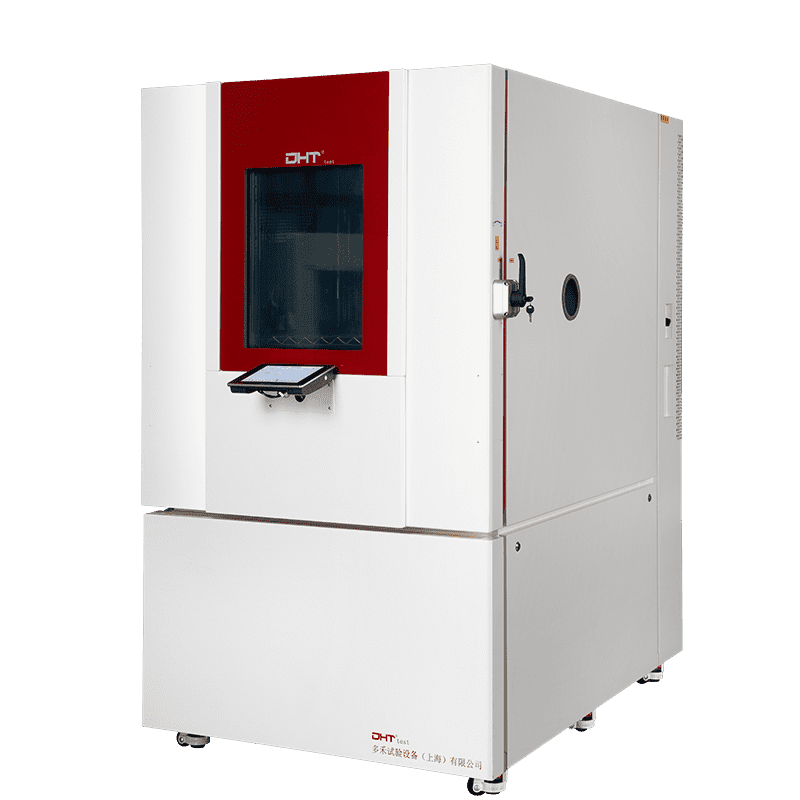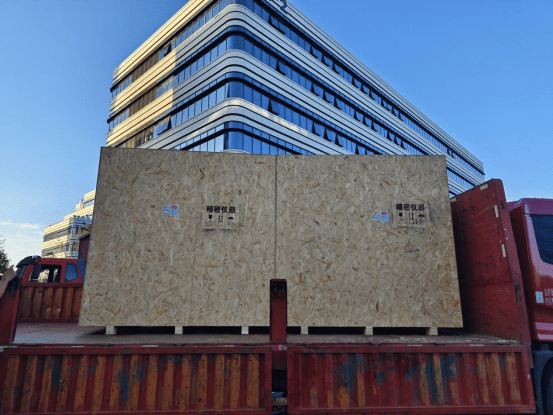
Pitfall 1: Prioritizing Chamber Size While Ignoring Lab Compatibility
Pitfall 2: Believing a “Universal System” Solves Everything
Pitfall 3: Overlooking Future Expansion and System Flexibility
Pitfall 4: Underestimating the Value of After-Sales Service and Maintenance
Pitfall 5: Neglecting Data Management and System Integration
What Do These Pitfalls Really Cost You?
-
Extended testing cycles and delayed product timelines Inaccurate configurations lead to repeated adjustments and slower development.
-
Inconsistent test results and poor data reliability Inadequate control or incomplete data capture compromises test repeatability and credibility.
-
Disorganized lab layout and low space utilization Poorly matched equipment disrupts workflow and resource efficiency.
-
Surging maintenance costs and budget overruns Frequent breakdowns and complex upkeep increase both manpower and financial burdens.
-
Inability to meet future test standards Non-upgradable systems limit your capacity for innovation and scalability.
How to Choose the Right Walk-in Chamber? Three Core Principles
Définir un profil clair d'exigences de test
Match Equipment to Your Lab’s Physical Conditions
Plan for the Future with Scalable and Integratable Design
Why Choose a DHT® Walk-in Environmental Chamber?
-300x300.png.webp)
-
Built with German engineering standards and locally manufactured, DHT chambers offer a wide temperature range from -70°C to +80°C and humidity control from 20% to 98% RH. With precise temperature uniformity (±2°C) and fluctuation (≤±0.5°C), they meet the demanding needs of industries such as aerospace, automotive, and new energy.
-
Robuste structural design supports on-site assembly and custom expansion (such as integration with vibration tables), improving test versatility. The European-imported touchscreen control system supports real-time data logging, remote monitoring, and fault diagnostics—making operation intuitive and data traceable.
-
Energy efficiency is built-in, thanks to vacuum-insulated windows, eco-friendly refrigerants, and a modular system architecture that reduces operational costs and aligns with green manufacturing goals.
-
With a nationwide service network and flexible customization, DHT® provides rapid response and tailored solutions—cutting costs by 15–20% compared to imported brands, while maintaining CE certification for global market access.
Final Thoughts: Make Smarter Choices, Build Stronger Capabilities
Les gens demandent aussi
Quelles sont les causes des résultats incohérents dans les tests de choc thermique, même lorsqu'une chambre calibrée est utilisée ?
Les résultats incohérents proviennent souvent de gradients thermiques cachés à l'intérieur de l'échantillon, et non d'un dysfonctionnement de la chambre. Alors que l'air de la chambre peut se stabiliser rapidement, la température interne des échantillons denses ou complexes est à la traîne, provoquant un stress thermique inégal. Cela peut conduire à des microfissures ou à une défaillance de la soudure que les capteurs standard ne détecteront pas. Pour éviter cela, utilisez des thermocouples intégrés ou une imagerie thermique infrarouge pour surveiller les températures centrales et ajuster le moment du transfert en conséquence.
À quelle fréquence une chambre de choc thermique doit-elle être calibrée et entretenue ?
En raison des cycles thermiques à haute fréquence entre des températures extrêmes, des composants tels que les capteurs, les joints et les systèmes de réfrigération se dégradent au fil du temps. Il est recommandé d'étalonner les capteurs de température tous les 6 à 12 mois et de mettre en place un plan d'entretien préventif comprenant la vérification des joints, le nettoyage des serpentins et la surveillance des diagnostics du système. Les chambres avancées, comme celles de DHT®, disposent de systèmes d'auto-diagnostic et de fonctions d'auto-étalonnage pour réduire les temps d'arrêt et garantir une fiabilité à long terme.
Un modèle de chambre de choc thermique peut-il répondre à toutes les normes industrielles (par exemple, IEC, MIL-STD, GB/T) ?
Pas nécessairement. Bien que de nombreuses chambres supportent une large gamme de températures et des vitesses de transition rapides, des normes comme IEC 60068, MIL-STD-883, et GB/T 2423.22 présentent des différences subtiles dans les limites de temps de transfert, les durées de récupération, et les exigences de temps de maintien. Pour assurer la conformité, choisissez une chambre avec des profils programmables et consultez le fabricant (comme DHT®) pour une configuration adaptée à vos besoins spécifiques de certification.


